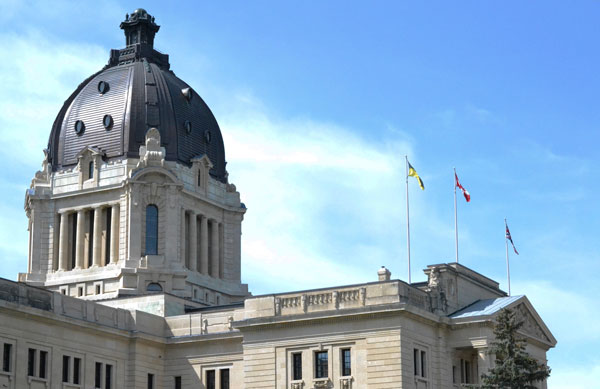The province reported 13 new cases of COVID-19 on Friday. The last time there was double digit cases reported in the province was Sept. 7.
There are seven cases in the Central East, four in the Saskatoon zone and single cases in the Far North East and Regina zones.
Of the to 1,688 reported COVID-19 cases in Saskatchewan, 66 are considered active.
The recovered number now sits at 1,598.
Investigations completed thus far have found that 19 of 66 active cases are in communal living settings.
The number of deaths from COVID-19 remains at 24.
According to the new and Active Case breakdown, Prince Albert—the North Central 2 zone—currently has four active cases.
North Central 1, which includes communities such as Christopher Lake, Candle Lake and Meath Park, has no active cases. North Central 2, consisting of communities south of the city, also has no active cases.
The most active cases are 20 in the Saskatoon zone, in second place is the Central East zone with 11 active cases, Regina is third with seven active cases and the Central West zone is fourth with six active cases.
Two individual are receiving inpatient care in Saskatoon.
The total number of cases is 1,688. Of those 428 cases from the south area (218 south west, 197 south central and 13 south east), 357 cases from the far north area (349 far north west and eight far north east), 282 cases from the Saskatoon area, 270 cases from the north area (131 north west, 73 north central and 66 north east212 cases from the central area (167 central west, and 45 central east) and 139 cases from the Regina area.
There are currently 69 cases who are health care workers; however, the source of the infections is not related to their work environments in all instances.
Of the 1,688 cases in the province: 257 cases are related to travel, 841 are community contacts, which includes mass gatherings, 507 have no known exposures and 83 are under investigation by local public health.
The age breakdown shows 281 cases involve people 19 years of age and under, 548 cases are in the 20-39 age range, 515 are in the 40-59 age range, 286 are in the 60-79 age range and 58 are in the 80-plus range.
The government said on Thursday that it will be providing a weekly report on its website, detailing testing numbers and cases in children between the ages of zero and 19. This is to provide more information about the trends of COVID-19 cases in schools.
The first report will be released on Sept. 17, which will include numbers for the week of Sept. 6 to 12.
The gender breakdown shows 51 per cent of the cases being females and 49 per cent being males.
As of Sept. 11, 155,332 COVID-19 tests have been performed in the province an increase of 1,683 over yesterday.
As of Sept. 8, when other provincial and national numbers were available from the Public Health Agency of Canada, Saskatchewan’s per capita rate was 110,427 people tested per million population. The national rate was 159,076 people tested per million population.
Possible exposures to COVID-19 at Regina airport
The Saskatchewan Health Authority (SHA) is warning residents of potential COVID-19 exposure at the Regina Airport on September 6.
According to the alert, issued Friday, an individual who was at the airport tested positive for COVID-19.
“A COVID-19 positive person deplaned at the airport at 9:30 p.m. September 6, 2020, collected luggage and left the airport at 10 p.m.. The person was on Air Canada flight 7947, arriving from Toronto,” the SHA release stated.
Anyone who was at this location during this time should self-monitor for 14 days. If you were at these locations and have or had any symptoms of COVID-19, self-isolate immediately and call 811 to arrange testing. Symptoms include cold and flu-like symptoms, muscle/joint pain, dizziness, fatigue, nausea/vomiting, diarrhea, difficulty feeding for children, loss of sense of taste or smell, shortness of breath and difficulty breathing.
The SHA sends out public alerts when health officials are uncertain about the number of known close contacts COVID-19 patients had before being tested. In those cases, they notify the community about locations the patient may have visited while infectious.


